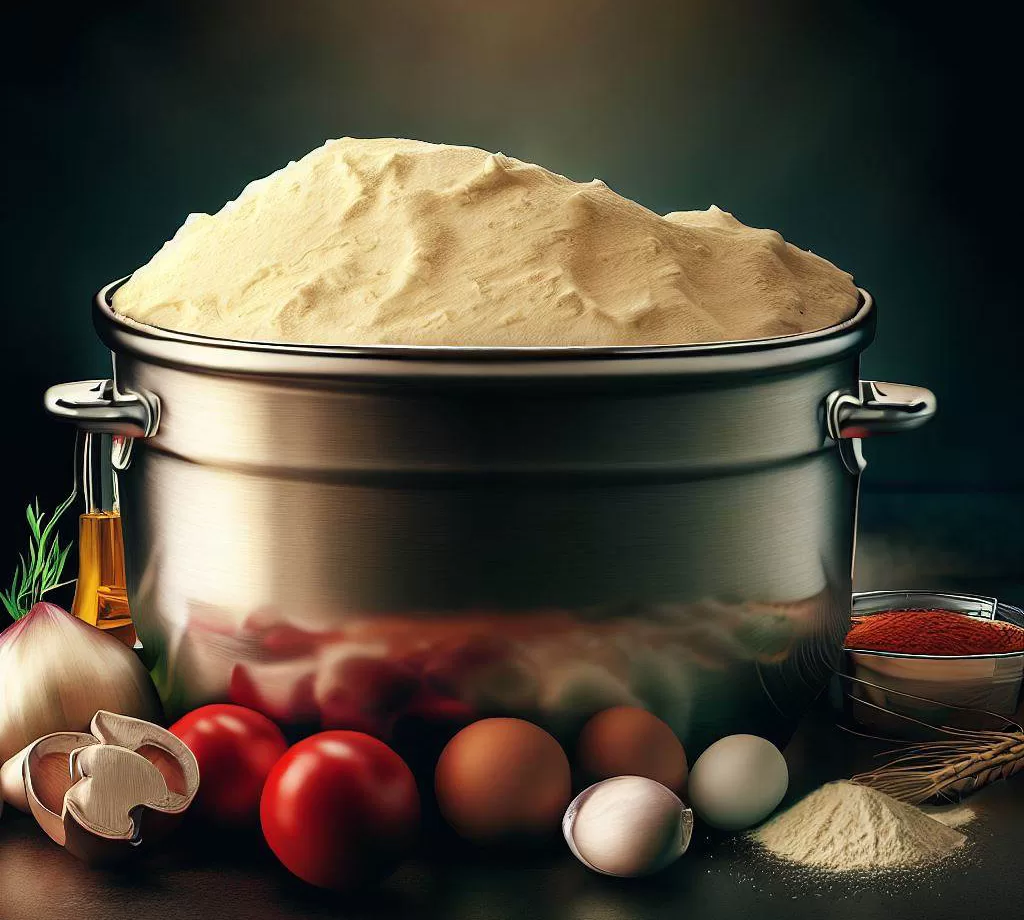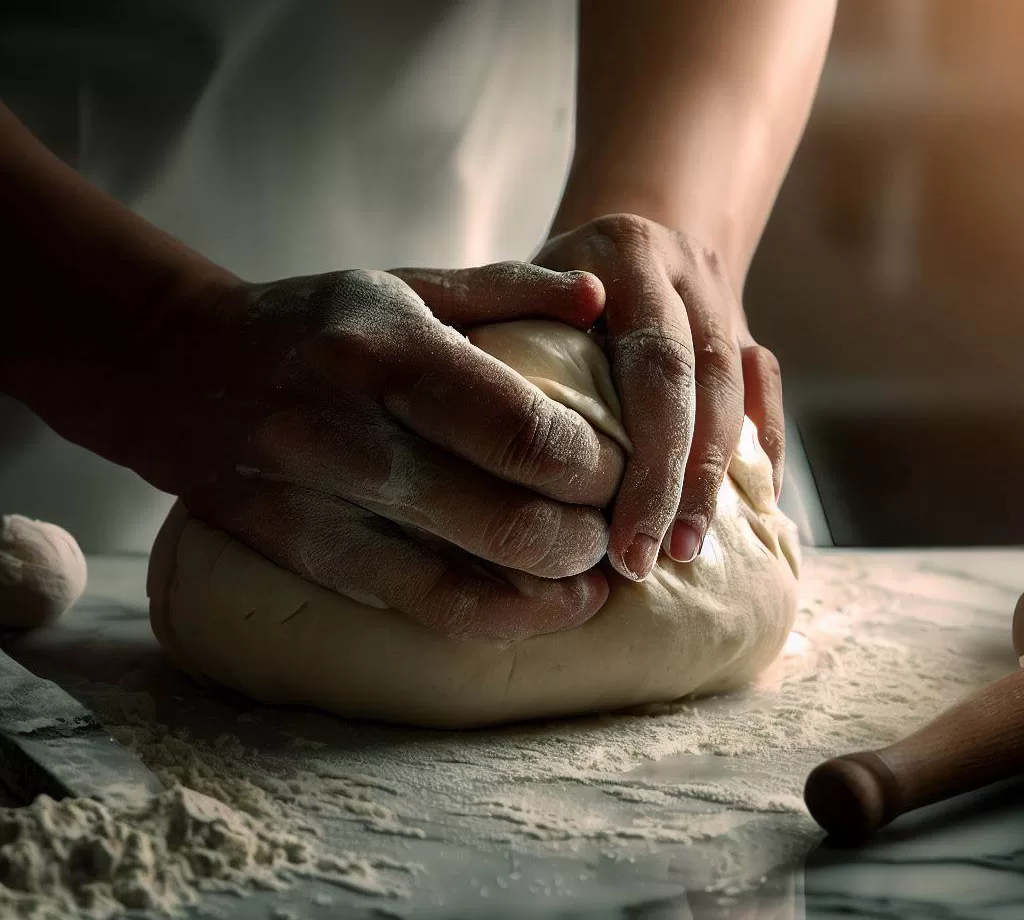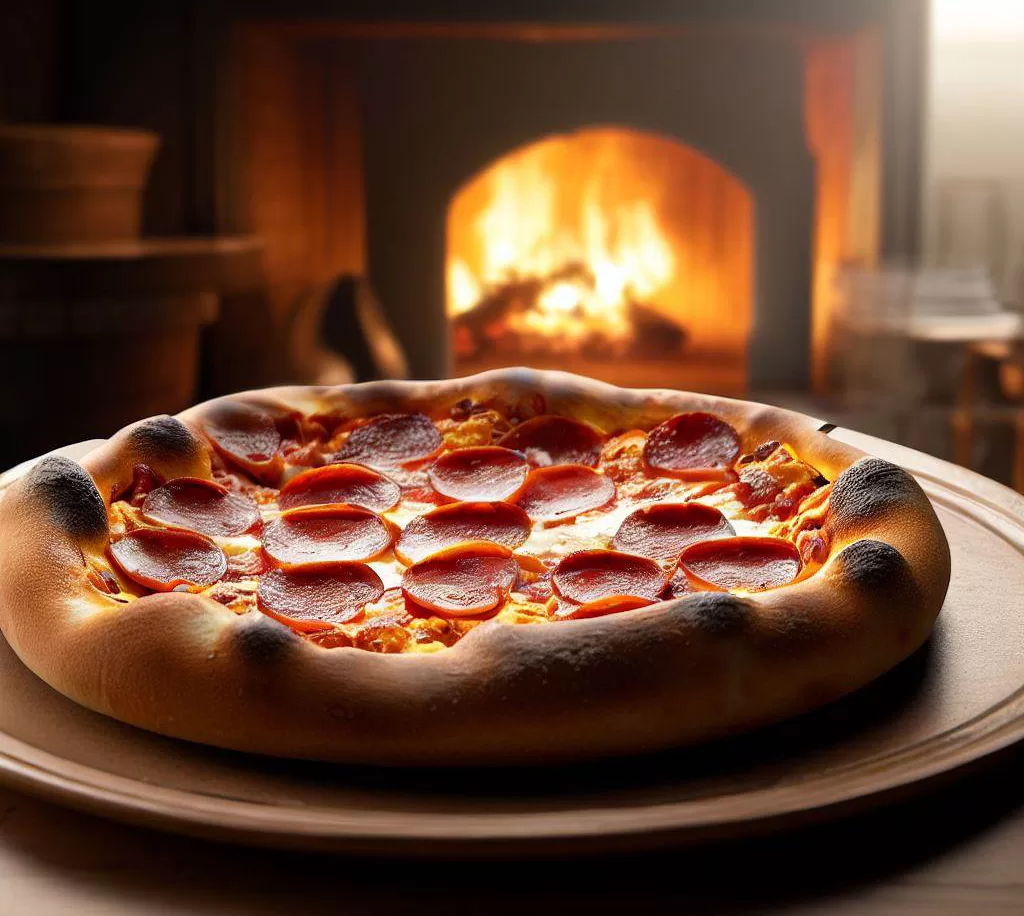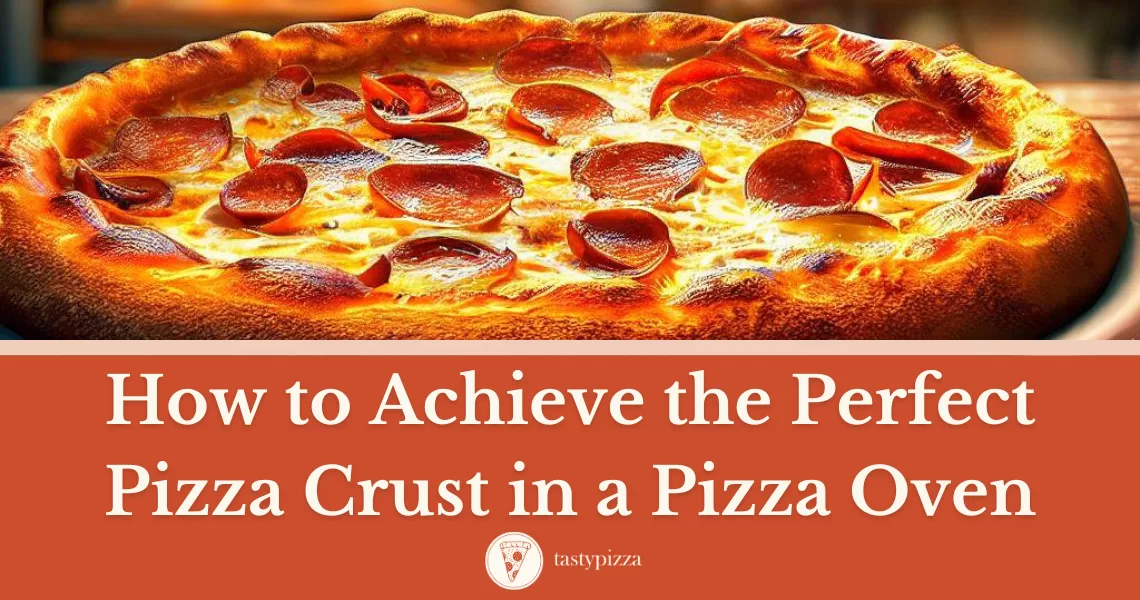Ah, the aroma of a freshly baked pizza with a perfectly crisp yet chewy crust—it’s like a symphony for your senses!
But have you ever found yourself marveling at the flawless crusts that come out of pizzerias, only to be left wondering why your homemade attempts fall short?
Fear not, intrepid pizza lovers and cooking enthusiasts, for your quest to achieve the perfect pizza crust ends here.
Join me on this journey as we unravel the secrets behind crafting the ultimate pizza crust that’s sure to make your taste buds dance.
In this how-to guide, we’ll explore expert tips and techniques that will have you mastering the art of pizza crust in no time.
Table of Contents
ToggleUnderstanding the Basics of Pizza Dough

Ingredients Matter
Let’s dive straight into the heart of pizza-making: the dough. Just like any culinary masterpiece, the quality of the ingredients you use plays a pivotal role.
It all starts with the flour. Opt for high-quality flour to ensure a consistent and delightful texture. Next up, the water—should you use bottled or tap?
Surprise: Tap water can actually work wonders, as its mineral content contributes to a more robust flavor profile.
And of course, we can’t forget the dynamic duo: yeast and salt. These tiny powerhouses are responsible for the dough’s rise and flavor development.
The Science Behind the Dough
Pizza-making is as much a science as it is an art. Gluten development is key to achieving that coveted chewy texture, so give your dough ample time to knead and rest.
But let’s not overlook fermentation’s role in flavor enhancement. Patience is your ally here, as longer fermentation periods allow the dough’s flavors to mature and deepen.
READ ALSO: The top picks of commercial pizza ovens
Prepping Your Pizza Oven
Types of Pizza Ovens
Now that you’ve got your dough game on point, let’s shift our focus to the oven. There’s no one-size-fits-all approach here.
Traditionalists might lean towards wood-fired ovens for that smoky flavor infusion, while modern electric ovens offer convenience and precision.
Gas ovens come with their own perks, providing a more consistent cooking environment.
Achieving the Ideal Temperature
Temperature control is paramount in achieving the perfect crust. A trusty infrared thermometer can be your best friend, ensuring you hit the sweet spot every time.
Remember, the cooking temperature can vary depending on whether you’re aiming for a thin-crust delight or a hearty deep-dish masterpiece.
Techniques to Master the Perfect Dough

Hand Kneading vs. Machine Kneading
Ah, the classic debate: old-school hand kneading or modern machine kneading?
Each method has its merits. Hand kneading lets you connect with your dough on a personal level, while a machine can save you time and effort.
Whatever your choice, focus on achieving that just-right dough consistency—it should be soft, pliable, and elastic.
Proofing Your Dough
Time and temperature are your allies in the art of dough-proofing. Allow your dough to rest and rise in a warm, draft-free environment.
Keep a close eye on it; over-proofing or under-proofing can lead to less-than-optimal results. Look for that perfect balance of volume and springiness.
Forming and Pre-Baking the Crust
Techniques for Stretching the Dough
Now comes the moment of truth: shaping your dough. Here, you have two main options—hand-stretching or using a rolling pin.
While hand-stretching might require a bit of practice, it allows you to feel the dough’s elasticity and work it into your desired shape.
Remember to avoid common pitfalls like tearing or uneven thickness.
The Art of Pre-Baking
Pre-baking your crust is a secret weapon that many professionals swear by. This step ensures your crust is cooked through without the risk of a soggy bottom.
The result? A crispy base that’s ready to handle all those delectable toppings without losing its crunch.
DON’T MISS: The recent in-depth review of the CROSSON Electric Pizza Oven
Cooking the Pizza to Perfection
Toppings and Their Impact on the Crust
Toppings aren’t just for show—they can influence the crust’s final texture. Light toppings allow the crust to shine, while heavy ones might weigh it down.
Thoughtful placement and layering techniques ensure an even distribution of flavors and prevent any sogginess.
Monitoring the Pizza in the Oven
Cooking a pizza is a dance between heat and timing. To ensure even cooking, consider rotating the pizza as it bakes.
This prevents any hot spots from causing uneven browning.
And how do you know when your crust is just right? Look for that golden-brown hue and a satisfying crunch when you take that first bite.
Post-Cooking Tips and Serving

Letting the Pizza Rest
Impatient as we might be, letting your pizza rest before slicing is essential.
This brief moment allows the flavors to settle and the cheese to set, ensuring that perfect bite every time.
But how long should you wait?
Roughly 5 minutes should do the trick.
Best Tools for Serving
When it comes to serving, the right tools can make all the difference. Pizza cutters are a classic choice but don’t underestimate the power of scissors for a precise cut.
And for presentation, consider whether you’d prefer the rustic charm of a wooden surface or the sleekness of metal.
How to Achieve the Perfect Crust in a Pizza Oven – Final Thoughts
Summing up our journey, you now hold the keys to unlocking pizza perfection.
From understanding the nuances of dough to mastering your oven’s temperament, each step contributes to the symphony of flavors and textures that make a pizza truly unforgettable.
Remember, practice is the magic ingredient that transforms technique into mastery.
So, don your apron, fire up that oven, and embark on a quest that will delight your taste buds and impress pizza enthusiasts near and far.
And as you continue to hone your craft, don’t forget to share your culinary creations and inspire fellow pizza aficionados to strive for crust excellence.
And remember to check out our recent review of the CROSSON Electric Pizza Oven
Bon appétit!
Frequently Asked Questions
Preheating times can vary depending on the type of oven you’re using. Wood-fired ovens might need a longer preheat time (around an hour), while electric and gas ovens can be ready in about 15-30 minutes.
Absolutely! While a pizza oven offers unique benefits, you can still achieve remarkable results using a conventional oven. Just follow the temperature and technique guidelines provided earlier.
Soggy crusts can result from excessive moisture, uneven baking, or heavy toppings. To combat this, ensure your oven is properly preheated, opt for light toppings, and consider pre-baking your crust.
Elevate your crust’s flavor profile by experimenting with herbs, garlic, and even a sprinkle of parmesan cheese on the edges. Remember, a flavorful dough makes for a more memorable pizza experience.
While not necessary, a light brushing of olive oil can contribute to a beautiful golden color and a touch of extra flavor. Just be mindful not to overdo it, as too much oil can lead to a greasy crust.

Ethan Davis, a culinary arts graduate with a deep passion for pizza, is an esteemed author in the field. With a wealth of professional experience in diverse pizza restaurants, Ethan has honed his skills and expertise in the art of pizza making. His mission is to share his extensive knowledge with a wider audience, captivating them through engaging articles that showcase his profound understanding and unwavering enthusiasm for the subject. Through his writing, Ethan aims to inspire pizza enthusiasts worldwide, fostering a greater appreciation for the craft and encouraging others to explore the delicious world of pizza.

